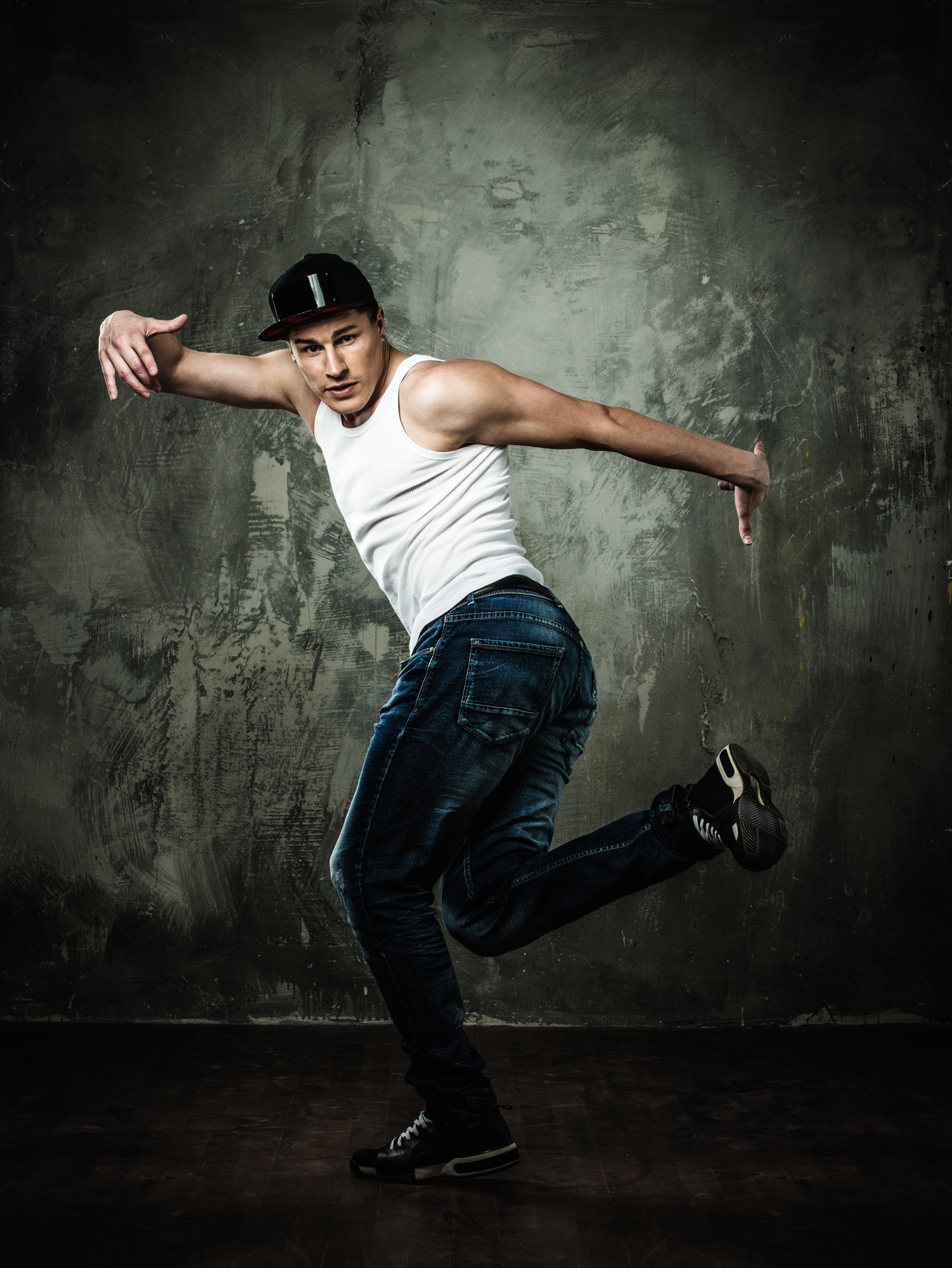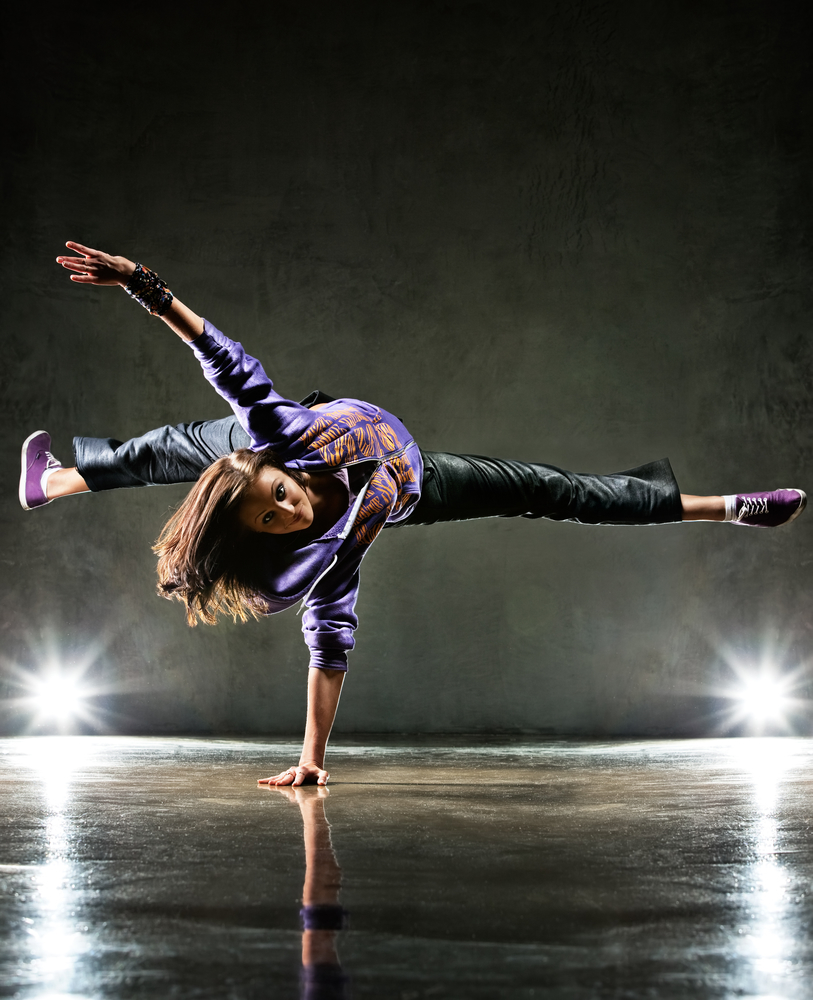Continuing on the topic of dancing, let’s talk about breakdancing. What really sets apart breakdancing from all other dances is the flashy moves executed on their hands. Basic movements like transitioning from crab position to prone position and handstands are considered easy to breakdancers. Experienced breakdancers can spin and jump from hand to hand for a good 30 seconds when performing some of the more advanced moves.
Much like any other dance, breakdancers requires a great deal of strength, body awareness, balance, flexibility and coordination. Lack in any of these components of fitness would definitely reduce the fluidity of bboy moves. However, I would argue the most important factor for any breakdancer would be the extraordinary core strength and control.
Let’s take the beginner downrock footwork “6-step” for example:

When we break down the move, it’s basically a transition move from plank to side plank to reverse table top by stepping your legs in a circle. The planks, side plank and reverse table top all have a component of core strength. Since breakdancers transition in and out of this position regularly, they should have extremely strong core strength.
Now consider the basic power move “flare”:

This is a move where both legs are off the ground for the duration of the move, which means the breakdancer will only be on their hands. Arm strength is definitely required for the move, but it is more important to be able to bring your body high enough to allow your legs to clear the ground. In other words, you need that core strength to elevate the body up.
With that said, core strength sets up a solid foundation to execute various moves in breakdancing. If your foundation is weak, the entire move would crumble. Check out one of our previous blogs for more information on core strength and stability: https://www.capitalphysiotherapy.com.au/importance-of-core-strengthstability/
If you seem to be you’ve been in the bboy scene for a while and seem to have plateaued despite the number of hours spent practicing in the studio, it might be worthwhile to get thorough analysis completed by a physiotherapist. As movement experts, we can pick up on subtle muscle deficiency that may be the reason why you’ve plateaued. We can incorporating an individualized strengthening program can greatly complement breakdancing.
It’s also common for breakdancers to be hiding their aches and pains to continue dancing away. If you’re looking for an alternative to improving your dance or have some muscle issue that you are unwilling to share with your fellow dancers, come talk to one of us at Capital physiotherapy. Contact us by phone 0401 865 333 or email info@capitalphysiotherapy.com.au and one of our holistic friendly physiotherapist will help you stay on top of breaking.

